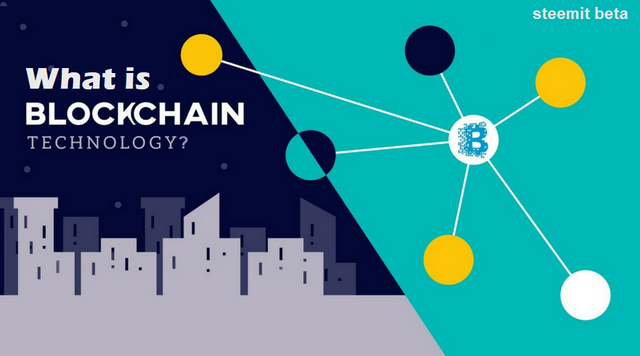 I will break the definition into two parts so both the non-techy and the techy may get a crystal clear idea of what this technology is all about. Note that even Wikipedia has not explained it correctly by calling it decentralized.
I will break the definition into two parts so both the non-techy and the techy may get a crystal clear idea of what this technology is all about. Note that even Wikipedia has not explained it correctly by calling it decentralized.
Basic description
A blockchain is simply an advanced form of a database, which is both distributed and secured by cryptography.
Access to this database can be both public (decentralized) or private (centralized).
This database is exceptional because it can be made both immutable (data once added can't be changed) or editable.
Where can it be integrated?
Almost anywhere where you need to manage a database with far better flexibility, reduced cost, and robust security.
Which means, it can be used to manage and control:
medical records,
financial records,
census records
and what not!
Blockchain technology will indeed give way to a wave of innovation in financial services, economics, distributed systems, voting systems, medical records, digital identity, corporate governance, and legal contracts provided that this technology is not misused.
Technical description
If you know about linked lists in programming which is a linear and dynamic data structure, then you know that in a linked list each element has two items called data and reference to next node. This reference is quite easy to be predicted because it is just a sequential incremented integer.
In blockchain, however, that reference to the next node is given via a secure hashing algorithm which is a "one way" cryptographic function that can't be predicted by reversing it.
Unlike a simple string of numbers as used in linked lists, blockchain uses 256 bits of hash values. Predicting which means like picking the right atom twice out of the total atoms present in the universe! ~10^77
But hashes are not the major distinguishing feature of a blockchain, the real magic lies in its use of the hashcash algorithm or proof-of-work. Which is simply nothing quite complex but the use of a conditional statement using a nonce and a difficult target.
This PoW algorithm is the sole reason why blockchain is so rigid to any tampering attempts by a hacker.
Note that one way to convert a decentralized blockchain to a centralized one is to just add hashes of your choice while calculating the Merkle root of each block. Predicting these hashes as I said earlier is near impossible unless you are N.S.A and have security standards of your choice in the market with backdoors.
If I missed something about Blockchain please comment your suggestion. Thanks
Downvoting a post can decrease pending rewards and make it less visible. Common reasons:
Submit
Congratulations @meetasad! You received a personal award!
You can view your badges on your Steem Board and compare to others on the Steem Ranking
Vote for @Steemitboard as a witness to get one more award and increased upvotes!
Downvoting a post can decrease pending rewards and make it less visible. Common reasons:
Submit